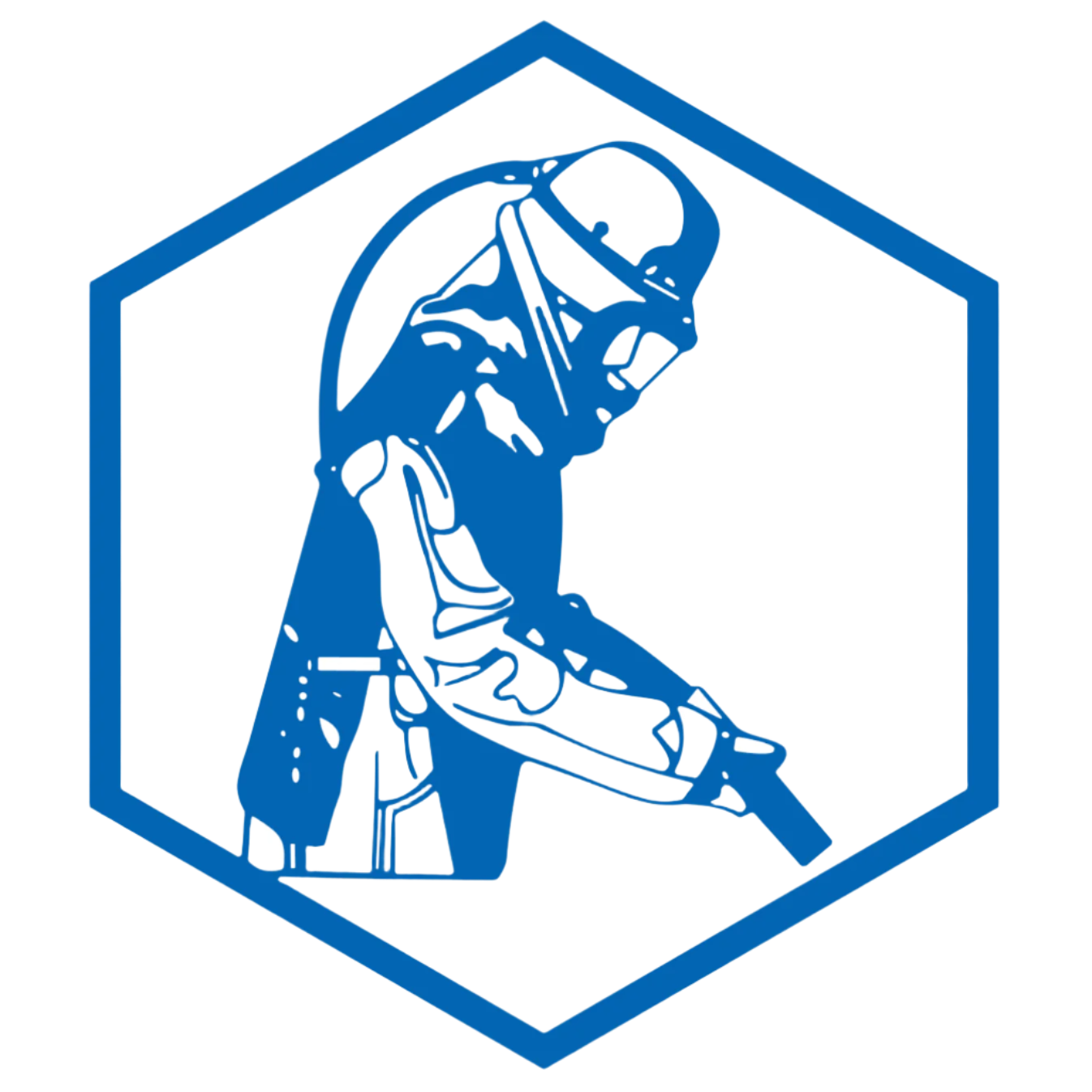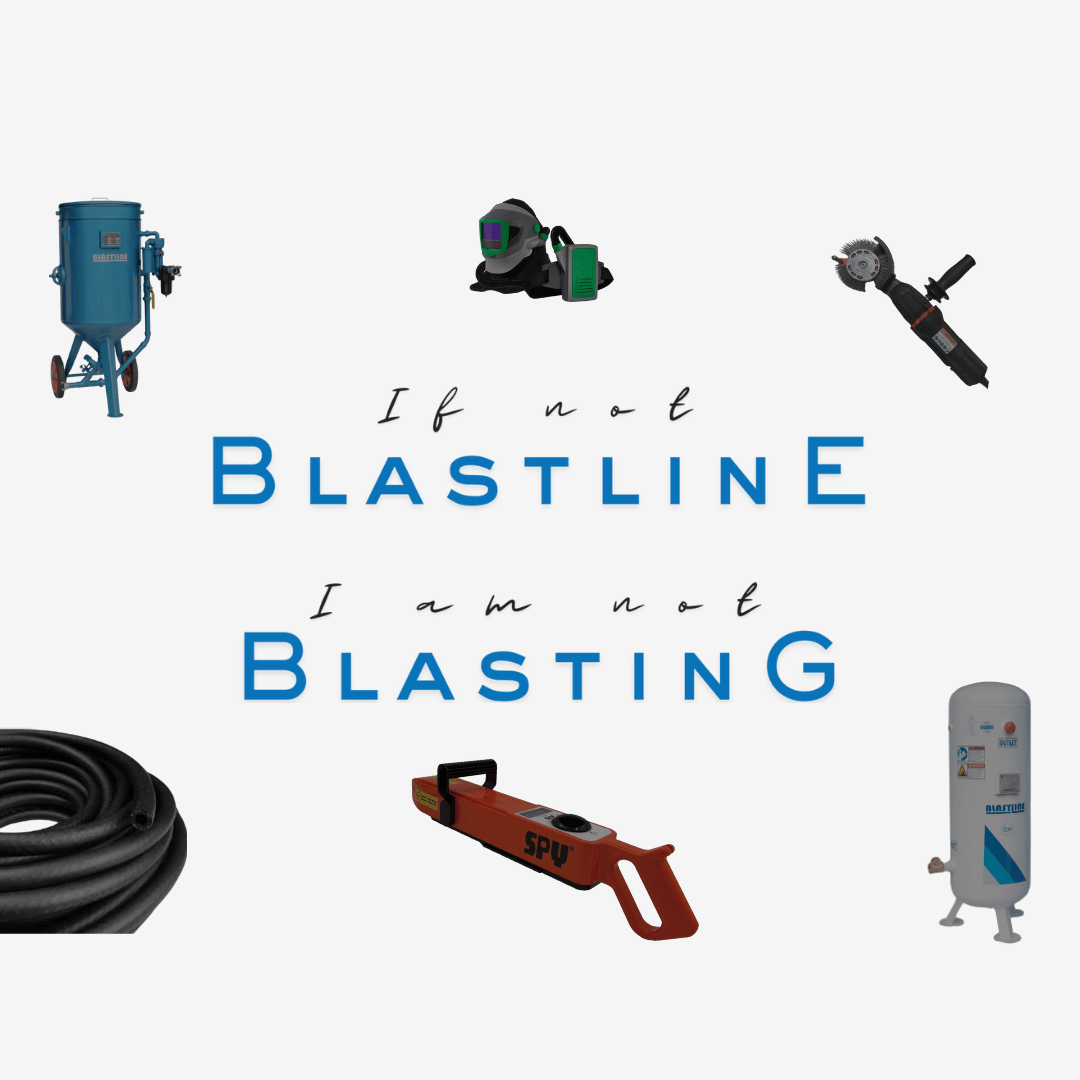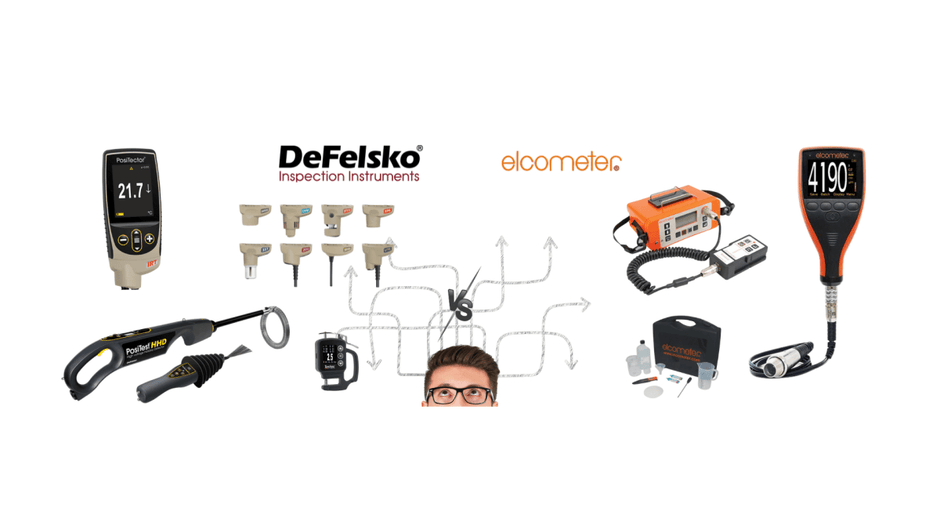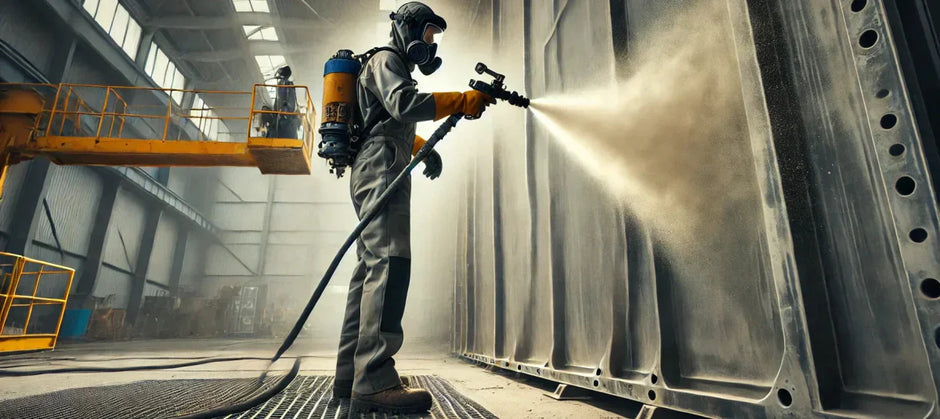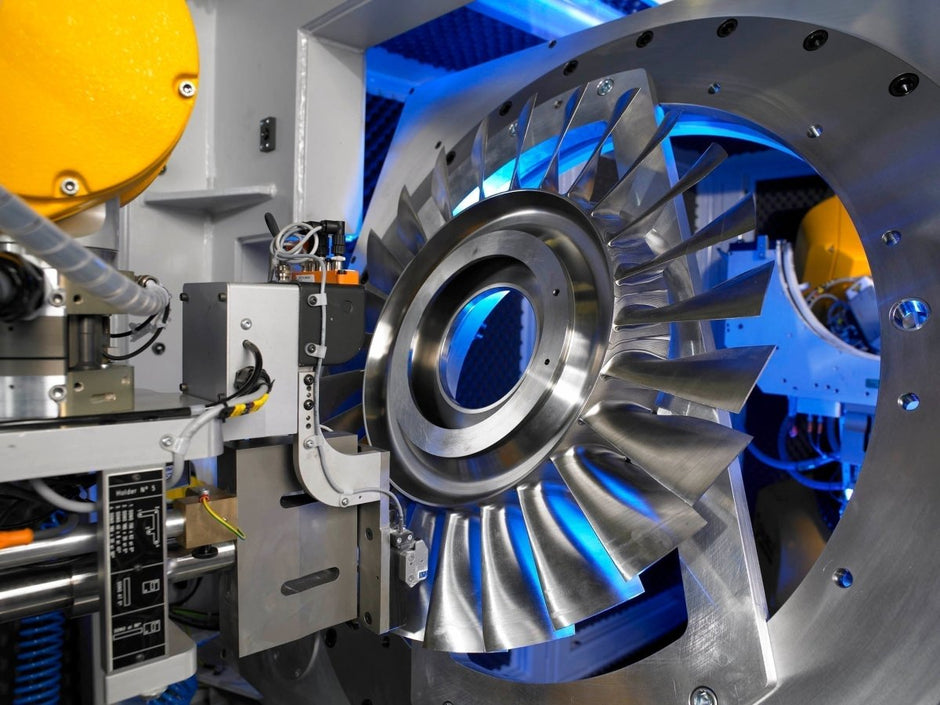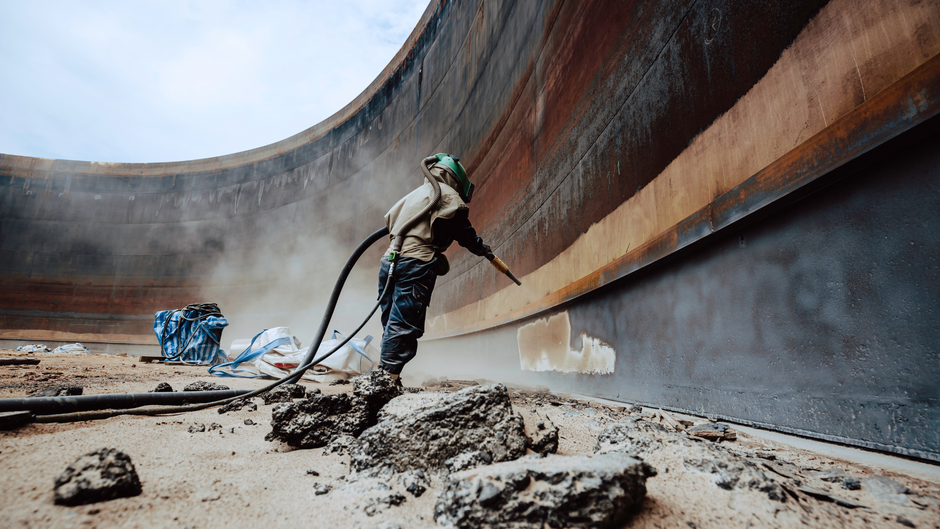Shot Peening: Revolutionizing Manufacturing for Enhanced Durability
Shot peening is a proven surface treatment method that enhances the mechanical properties of metal components, improving resistance to fatigue, corrosion, and cracking. By bombarding a component's surface with small spherical media, a layer of residual compressive stress is created, counteracting tensile stresses that often lead to material failure. This strategic advantage is invaluable across industries where durability and reliability are paramount.
Industries Benefiting from Shot Peening
Shot peening finds application across a wide array of industries, each benefiting from the enhanced material properties it imparts:
- Oil & Gas: The oil and gas industry leverages shot peening to enhance the durability and corrosion resistance of drill rod connections, which is critical for deep-earth exploration and extraction.
- Aerospace: In the aerospace sector, turbine blades, rotating discs, stators, and gears undergo shot peening to withstand extreme operational stresses, thereby improving safety and reliability.
- Automotive: For connecting rods, transmission gears, and helical springs, shot peening increases fatigue resistance, ensuring prolonged performance and safety.
- Medical: Orthopedic hip stems and spinal rods require exceptional durability and fatigue strength, which shot peening provides, enhancing patient safety and implant longevity.
Specialized Shot Peening Techniques
To meet diverse application requirements, several specialized shot peening techniques have been developed:
- Dual Peening: For components requiring exceptional fatigue performance, dual peening enhances surface compressive stress by applying a second layer of shot peening with smaller media. The second peening operation improves surface finish and adds compressive stress.
- Strain Peening: Develops a greater amount of compressive stress through preloading.
- On-Site Shot Peening: For large, immobile structures, on-site shot peening uses portable equipment, ensuring consistent quality and coverage. Field crews can perform shot peening to the same quality standards as MIC's processing centers.
- C.A.S.E.™ Process: Consists of shot peening followed by isotropic finishing. C.A.S.E.™ was designed for surfaces that require both excellent fatigue strength and surface finish due to contact loading and has proven quite effective in improving resistance to pitting and micro-pitting of gears.
Media Selection: Choosing the Right Abrasive for the Job
Selecting the appropriate media is a critical determinant in the shot peening process. The material being treated and the desired surface characteristics influence this decision:
- Steel Shot: Most often cast or wrought carbon steel is employed. Steel shots are spherical particles used for descaling, sand removal from castings, and shot peening in industrial applications. Steel Shot S-330 can be found at Blastline Online.
- Stainless Steel: Use stainless steel where iron contamination is a concern.
- Cut Wire: Carbon steel cut wire, conditioned into near round shapes, is being specified more frequently due to its uniform, wrought consistency and great durability.
- Ceramic and Glass Beads: These are suitable for delicate parts and applications requiring low intensities. Glass Bead Standard Medium 106-212um can be found at Blastline Online.
The hardness of the peening media should be at least as hard, or harder, than the parts being peened unless surface finish is a critical factor. Regular hardness steel shot (45-52 HRC) meets the criterion for a large number of ferrous and nonferrous parts. Special hardness shot (55-62 HRC) is used with the increased use of high strength, high hardness steels (50 HRC and above).
Process Control and Quality Assurance
Stringent process control is crucial for ensuring the effectiveness and reliability of shot peening. Meticulous media control, intensity verification, and coverage assessment are critical:
- Media Control: The shot needs to be predominantly round and of uniform diameter. Broken media must be removed to prevent surface damage, and to properly remove undersized and oversized media, MIC utilizes a screening system. To properly remove broken media, MIC meters the shot to a spiral separator consisting of inner and outer flights.
- Intensity Control: Managing the impact energy of the shot through precise adjustments of shot size, velocity, and angle of impact is key. Almen strips are used to measure and verify the intensity of the shot peening process.
- Coverage Control: Guaranteeing complete and uniform treatment of the surface to achieve consistent compressive stress. Complete coverage of a shot peened surface is crucial in performing high quality shot peening.
Blastline Online provides a variety of abrasive blasting equipment and media to meet your project requirements, including Steel Shot and Glass Beads for shot peening. Saudi Abrasives, our sister company, complements this by offering expert shot peening services within Saudi Arabia. By adhering to rigorous process controls and quality standards, shot peening ensures consistent and reliable improvements in material properties, ultimately enhancing the performance and longevity of critical components. Benefit from our local expertise and global resources
